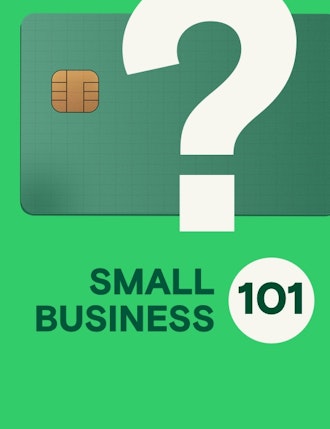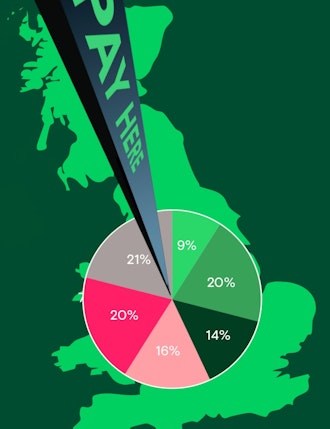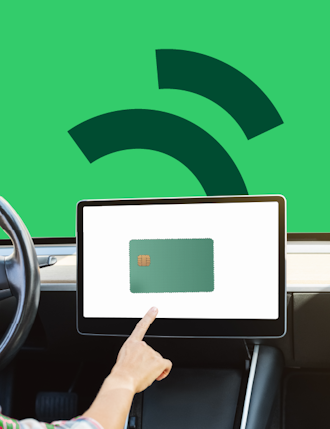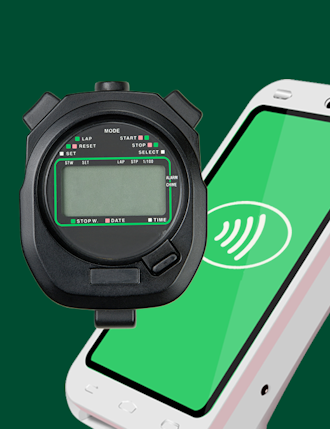Commercial payment systems help businesses scale fast, secure payments across cards, bank rails, and digital wallets. Scaling commercial payment systems isn’t just about handling more transactions, though, it’s about keeping them from breaking as volume and complexity rise. Orchestration unifies payment rails, devices, and providers to preserve speed, visibility, and control as you grow. The result: payments that scale smoothly across markets without the chaos.
Key Insights
-
Scaling payments without breaking them means building systems that handle growth in volume, geography, and methods without losing uptime or visibility.
-
Commercial payment systems connect cards, bank transfers, and digital wallets into a single, secure infrastructure that automates authorization, reconciliation, and compliance.
-
Orchestration is the fix for growing complexity, it centralizes providers, routes payments intelligently, and adds resilience through failover and monitoring.
-
The biggest gains come from treating payments as a strategic asset: map the full flow, set measurable targets (e.g., +3% authorization rate), and scale market by market.
-
Bottom line: Fast, unified, and orchestrated payments drive revenue, efficiency, and customer trust, without breaking under pressure.
Don't have time to read more now? Sign up to our newsletter to get the latest insights directly in your inbox.
Question...how do you keep payments running smoothly when your business starts to outgrow the system it was built on?
The early days of growth feel exciting, orders are rolling in and payments “just work.” But as volume climbs and you enter new markets, sometimes cracks start to appear. Settlements take longer. Refunds get stuck. One payment provider goes down and the whole flow slows.
So, again, how do you keep payments running smoothly when your business starts to outgrow the system it was built on? How do you expand into new markets or payment methods without breaking what already works? And what can you actually do to future-proof your stack before the next surge in volume or regulation hits?
That’s what we discuss here; how to scale your payment infrastructure safely, what commercial payment systems really are, and why orchestration is the key to keeping control as complexity rises.
Ready? Let’s go...
What are Commercial Payment Systems?
Commercial payment systems are the invisible engines that make business transactions happen - the technology that lets companies make, accept, and process electronic payments securely and at scale.
They handle everything from cards and ACH transfers to digital wallets and real-time payments. Behind every checkout and payout sits a network of banks, processors, gateways, and payment facilitators working together to authorize, clear, settle, and reconcile transactions.
-
In practice, these systems:
- Automate invoicing, authorization, and reconciliation
- Secure data through tokenization and encryption
- Comply with standards like PCI DSS, SCA, and AML
- Connect multiple providers to route transactions efficiently
When they work well, commercial payment systems free finance and ops teams from manual work and ensure that money and data flows cleanly across every channel, market, and method.

Why commercial payment systems matter
The power of a commercial payment system lies in its ability to scale without slowing you down. These systems bring together speed, visibility, and automation, turning payments from a back-office process into a driver of business growth.
Here’s what strong commercial payment systems advantages look like in action:
- Faster cash flow: Real-time or same-day settlements accelerate liquidity.
- Operational efficiency: Automated reconciliation frees up finance teams.
- Data visibility: Central reporting improves forecasting and control.
- Customer satisfaction: Multiple payment methods reduce friction at checkout.
- Scalability: APIs and orchestration make it easier to expand into new markets or add new payment rails.
In short, these systems are the foundation of modern commerce, built to handle scale, complexity, and customer expectation. But even with all those benefits, growth introduces pressure. That’s when cracks can start to form...
The trade-offs of going digital
Digital payments bring huge rewards, but scaling them introduces new pressure points. Understanding the advantages and disadvantages of commercial payment systems advantages helps you plan for growth before cracks appear.
Dimension
Speed
Cost
Security
Visibility
Scalability
Commercial Payment Systems advantages
Near real-time payments and faster settlements improve cash flow.
Lower operational costs and fewer manual errors.
Encryption, tokenization, and fraud screening reduce risk.
Unified reporting and reconciliation improve forecasting and control.
APIs and orchestration make adding new markets or payment types easier.
Disadvantages
Provider downtime or network outages can delay funds.
Integration, gateway, and certification fees can add up.
Maintaining compliance across regions is resource-heavy.
Managing multiple vendors and endpoints adds complexity.
High setup effort and ongoing optimization required.
In short, commercial payment systems advantages, like speed, visibility, and scalability, come with a trade-off: greater technical complexity. Without the right architecture, growth can actually slow things down.
So, how do you avoid this? Well, it comes down to one thing: orchestration.
How orchestration brings structure to scale
As businesses expand across devices, markets, and providers, payment orchestration becomes the glue that holds it all together. It acts as a central command layer, connecting every endpoint - POS, SmartPOS, SoftPOS, web, and app - to multiple acquirers, wallets, and processors.
It helps you:
- Route smarter: Send each transaction via the lowest-cost or highest-success path.
- Fail safely: Automatically reroute payments when a provider goes down.
- See clearly: Monitor authorizations, declines, and latency in real time.
- Stay compliant: Apply PCI DSS, SCA, and data rules consistently across all markets.
In other words, orchestration brings structure to scale. It replaces patchwork integrations with a single, unified layer, one that can flex as your business evolves.
So, what’s next for commercial payment systems - what do you really need to know?
From our perspective, it’s all about connection and intelligence...
“The next phase of commercial payments systems is becoming less about adding features. It’s about removing friction. Instant connectivity, shared intelligence, and consumer demand mean merchants need to adapt faster than ever, whether it’s new acquirers, new wallets, or new ways to pay. The winners will be the ones who can evolve to the next paradigm without rebuilding.”
Eddie Johnson, CTO, Aevi
The bottom line is this…
Scaling payments is about building systems that don’t break under growth. Commercial payment systems deliver speed, visibility, and control, and orchestration keeps it all running smoothly, as when your payments scale seamlessly, everything else can too.
Ready to simplify how your merchants manage self-service payments? Let’s talk about how Aevi can help.
Interested in reading more around this subject? Here are some useful articles…













